Understanding Chess Strategies to Enhance Your Moves
Chess, often referred to as the game of kings, is a strategic and intellectual board game that has been enjoyed by millions across the globe for centuries. Mastering chess involves not only understanding the basics of piece movement and rules but also adopting sophisticated strategies to improve your gameplay. This article will delve into essential chess strategies that can help both beginners and intermediate players enhance their skills and understanding of the game.
Fundamental Principles of Chess Strategy
Before diving into complex tactics, grasp these foundational strategies crucial for setting up your game:
- Control the Center: Controlling the central squares (d4, d5, e4, e5) allows your pieces greater mobility and influence over the board. It restricts your opponent's piece mobility and can lead to a stronger position as the game unfolds.
- Develop Your Pieces: Early development of knights and bishops is essential for a successful game. It is typically advisable to move each piece once before moving any piece twice, ensuring swift, efficient development without losing tempo.
- King Safety: Castling is a key move to protect your king. This not only safeguards the king but also connects the rooks, strengthening your position.
Opening Strategies
Understanding and implementing strong opening strategies helps in setting the tone of the game:
- The Italian Game: An extremely popular opening at all levels, it begins with 1. e4 e5 2. Nf3 Nc6 3. Bc4. The focus is on rapid development and control over the center and f7 square, which is typically a vulnerable point in black's position.
- The Sicilian Defense: This is one of the most complex and studied openings in chess, beginning with 1. e4 c5. It is favored for its asymmetrical pawn structure that offers black good chances of counterattack.
Middlegame Strategies
The middlegame is where the battle heats up with opportunities and challenges:
- Pawn Structure: Understanding the dynamics of pawn structure (such as doubled, isolated, or passed pawns) can significantly affect your strategy. Solid pawn structures can provide a strong defensive position whereas weak pawns may become targets for attacks.
- Minor Piece Improvement: The knight and bishop can be powerful in the middlegame. Position your knights in outposts (square where it cannot be attacked by pawns) and use bishops on long diagonals where they can exert influence across the board.
- Open Files and Diagonals: Control over open files (columns with no pawns) and diagonals can provide significant tactical opportunities. Rooks and queens thrive on open files, while bishops benefit from open diagonals.
Endgame Techniques
The endgame begins when most pieces are off the board, but it's equally critical to master:
- King Activation: In the endgame, the king transforms from a liability to a powerful piece. Use it actively to support pawns and threaten enemy pieces.
- Pawn Promotion: One of the primary objectives in the endgame is to promote a pawn by advancing it to the eighth rank. Protecting your advancing pawns while stopping your opponent's can often decide the game.
- Utilizing Rooks: Rooks are extremely powerful in the endgame. Position them behind passed pawns (both yours and your opponent’s) to increase their effectiveness.
Learning from Grandmasters
To truly enhance your chess strategies, study games played by grandmasters. This will not only expose you to advanced strategies but also help you understand the strategic planning behind each move. You can find videos, books, and chess websites dedicated to analyzing famous chess games and theories.
By consistently applying these strategies, you will find yourself thinking several moves ahead and becoming a formidable chess player. Remember, every game is a learning experience, so reflect on your plays and strive for continual improvement.
Explore our large collection of luxurious chess sets!


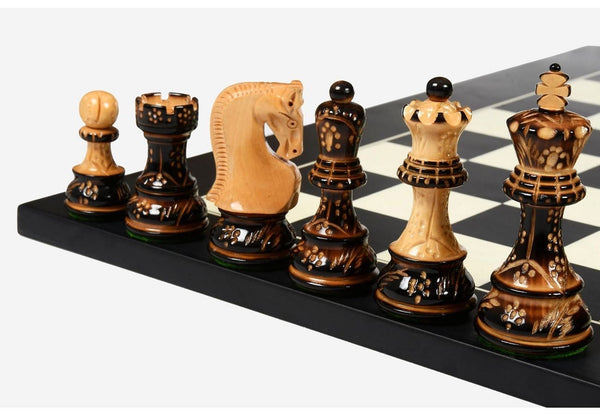
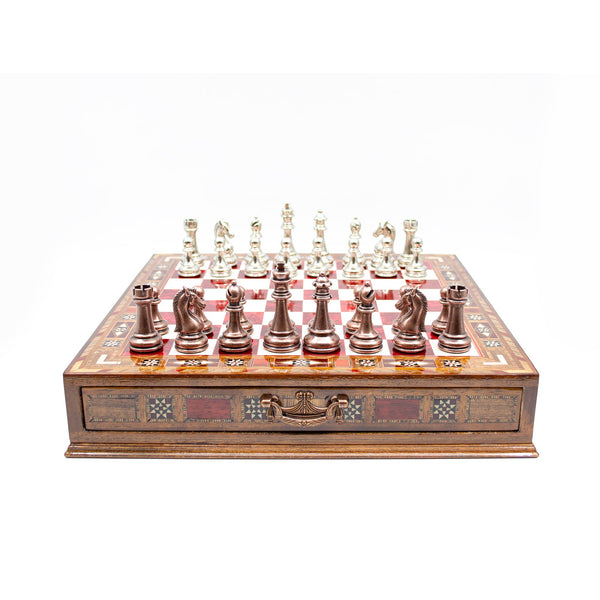
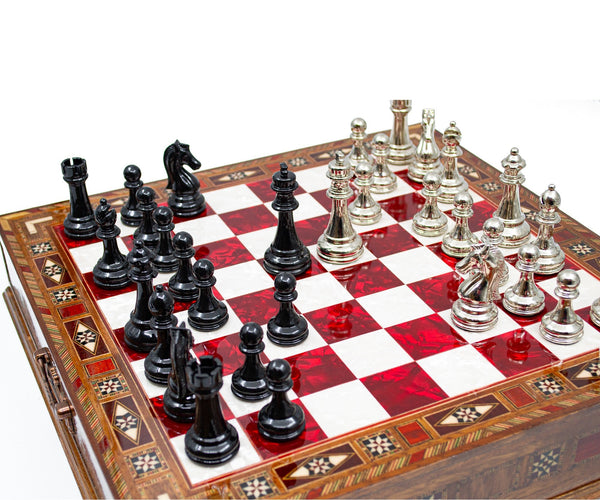
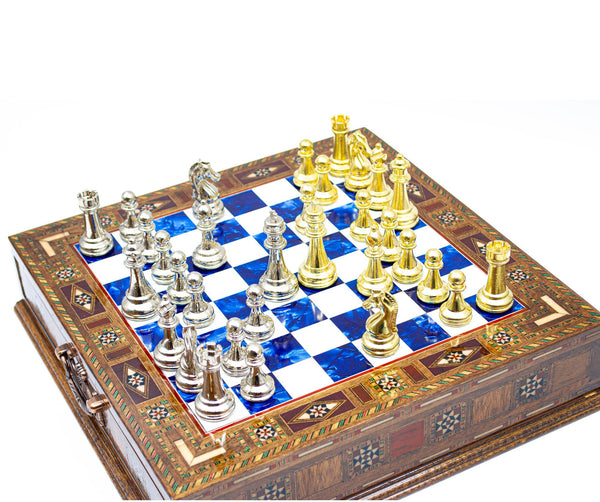
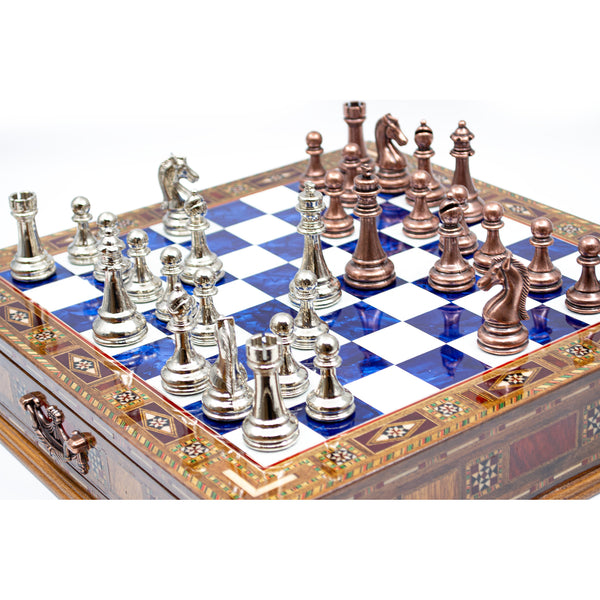
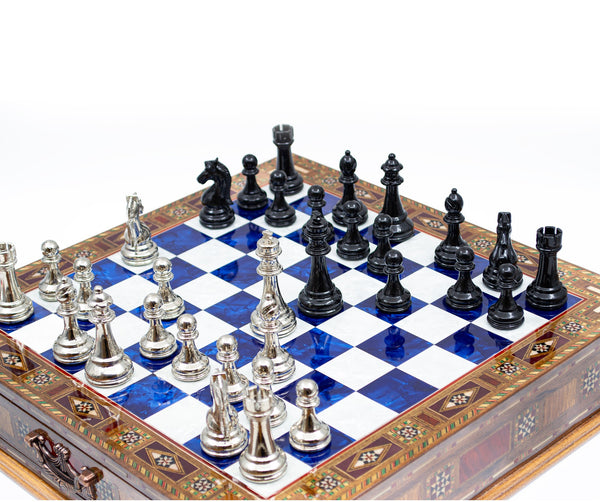






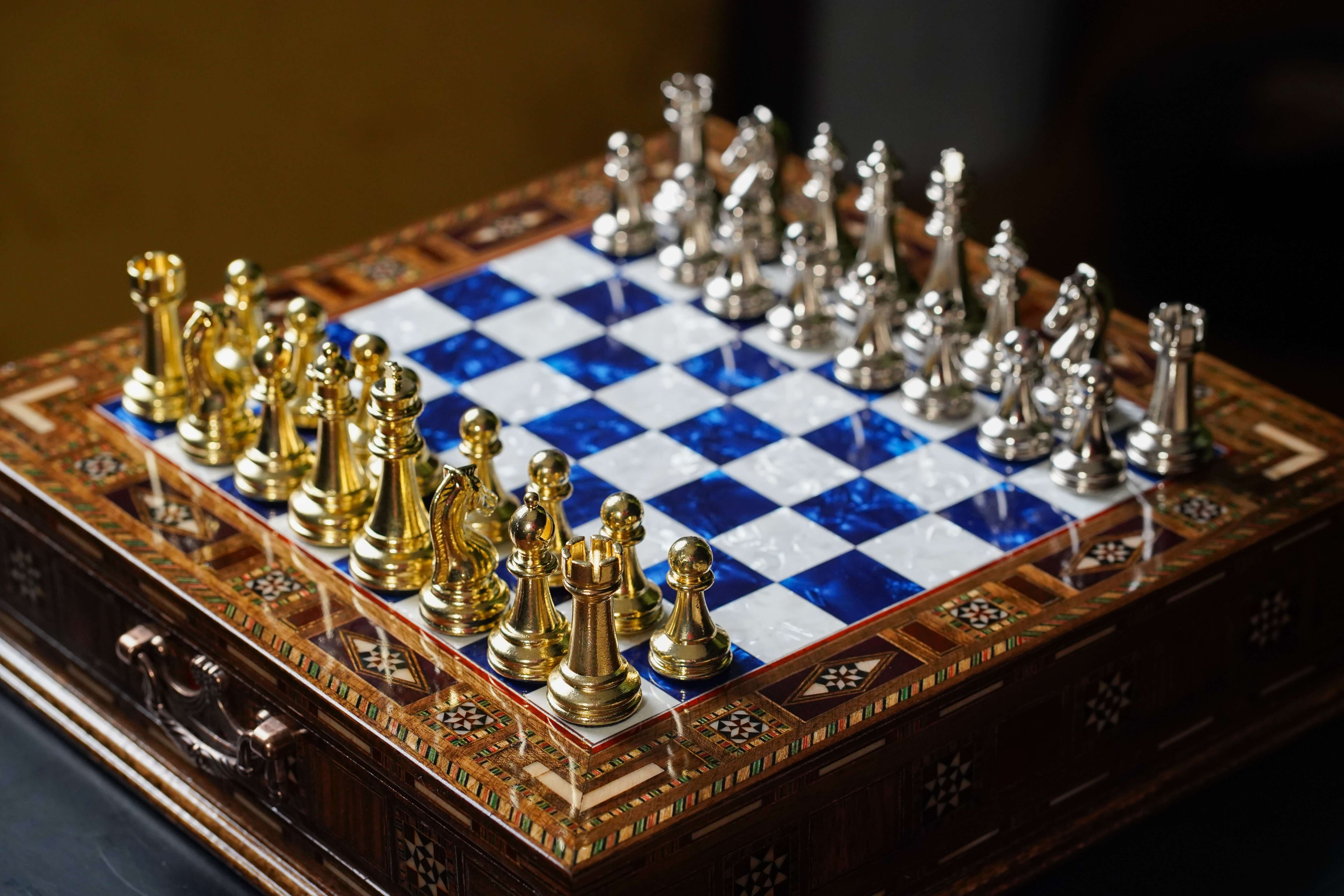
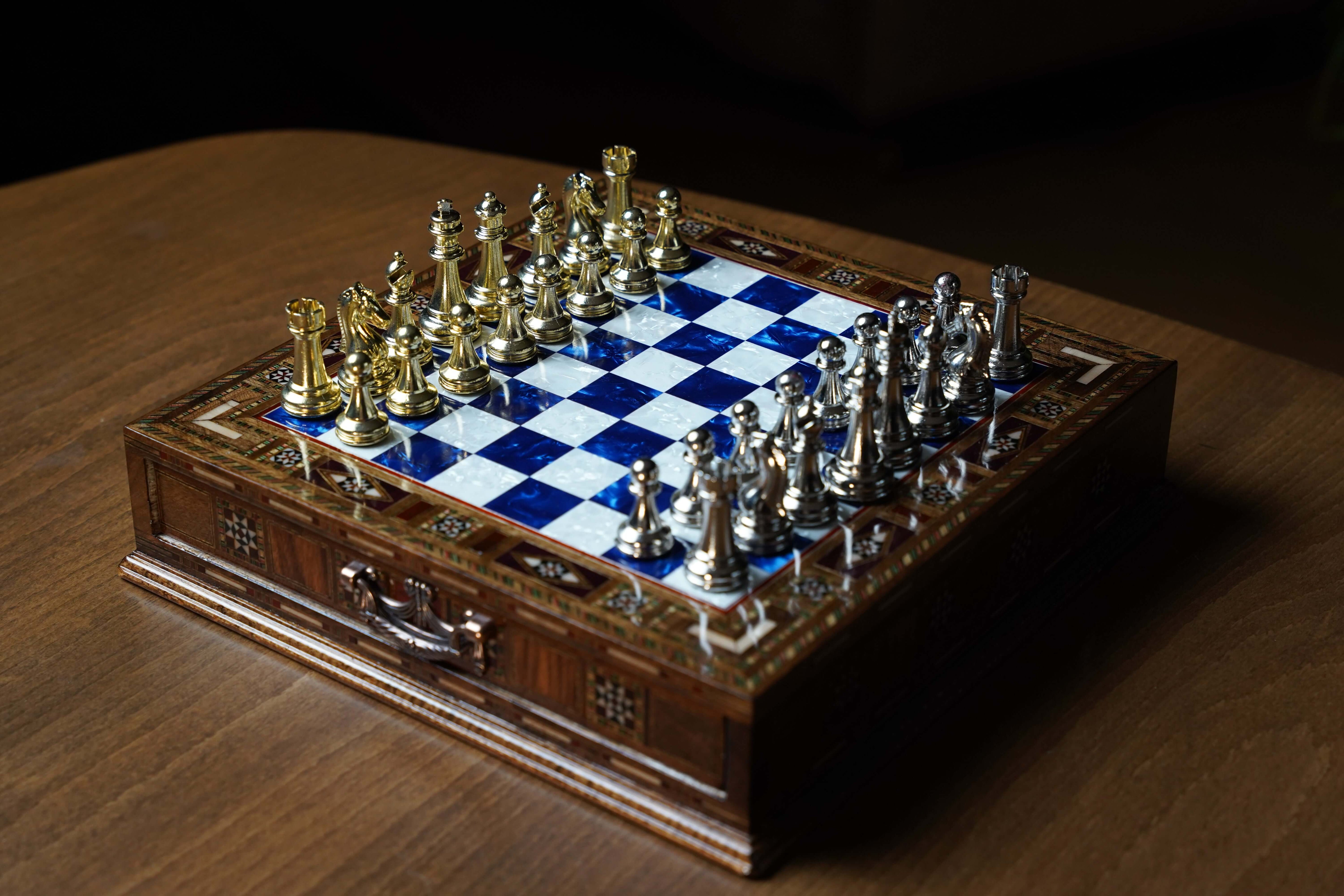
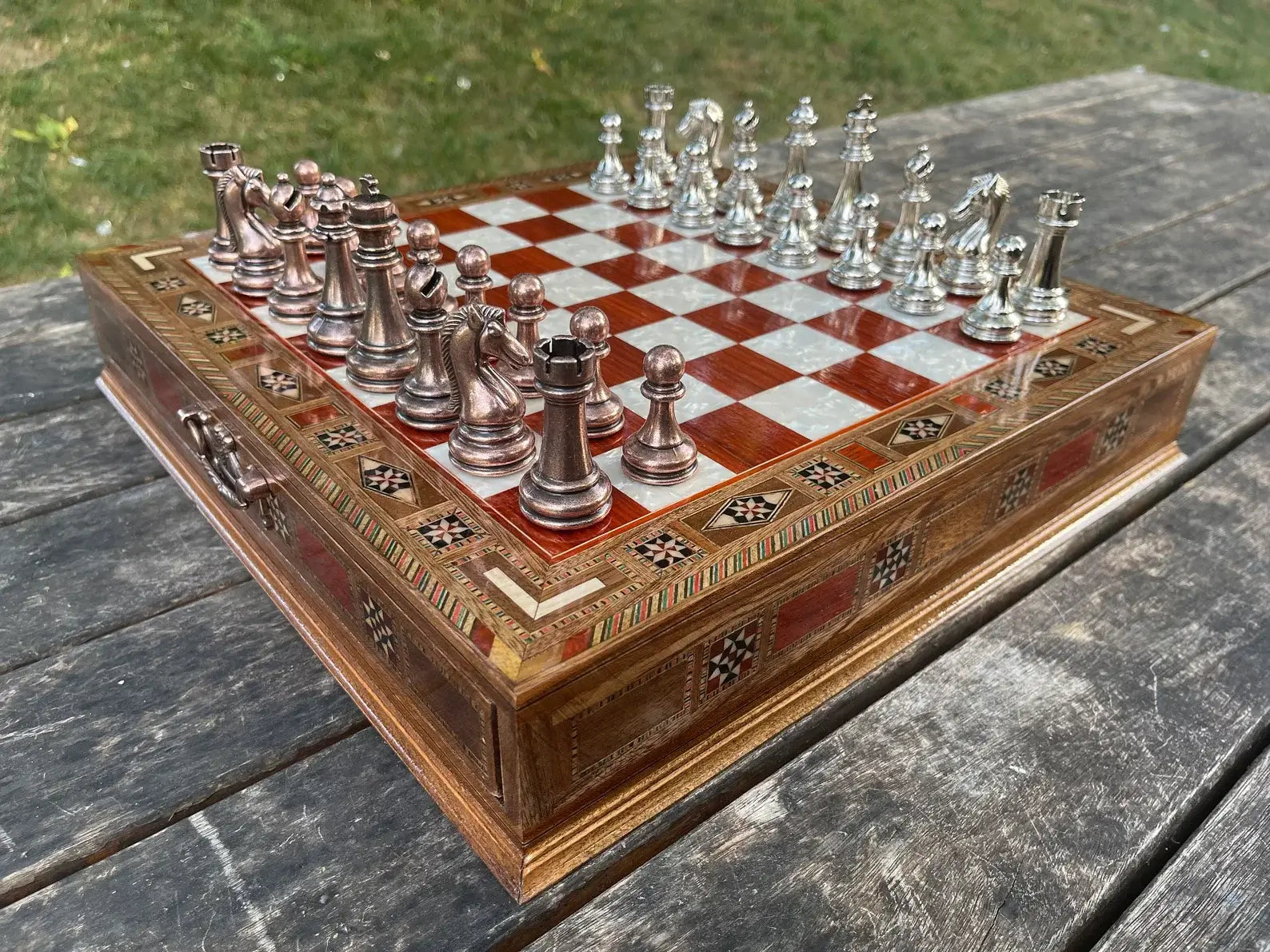
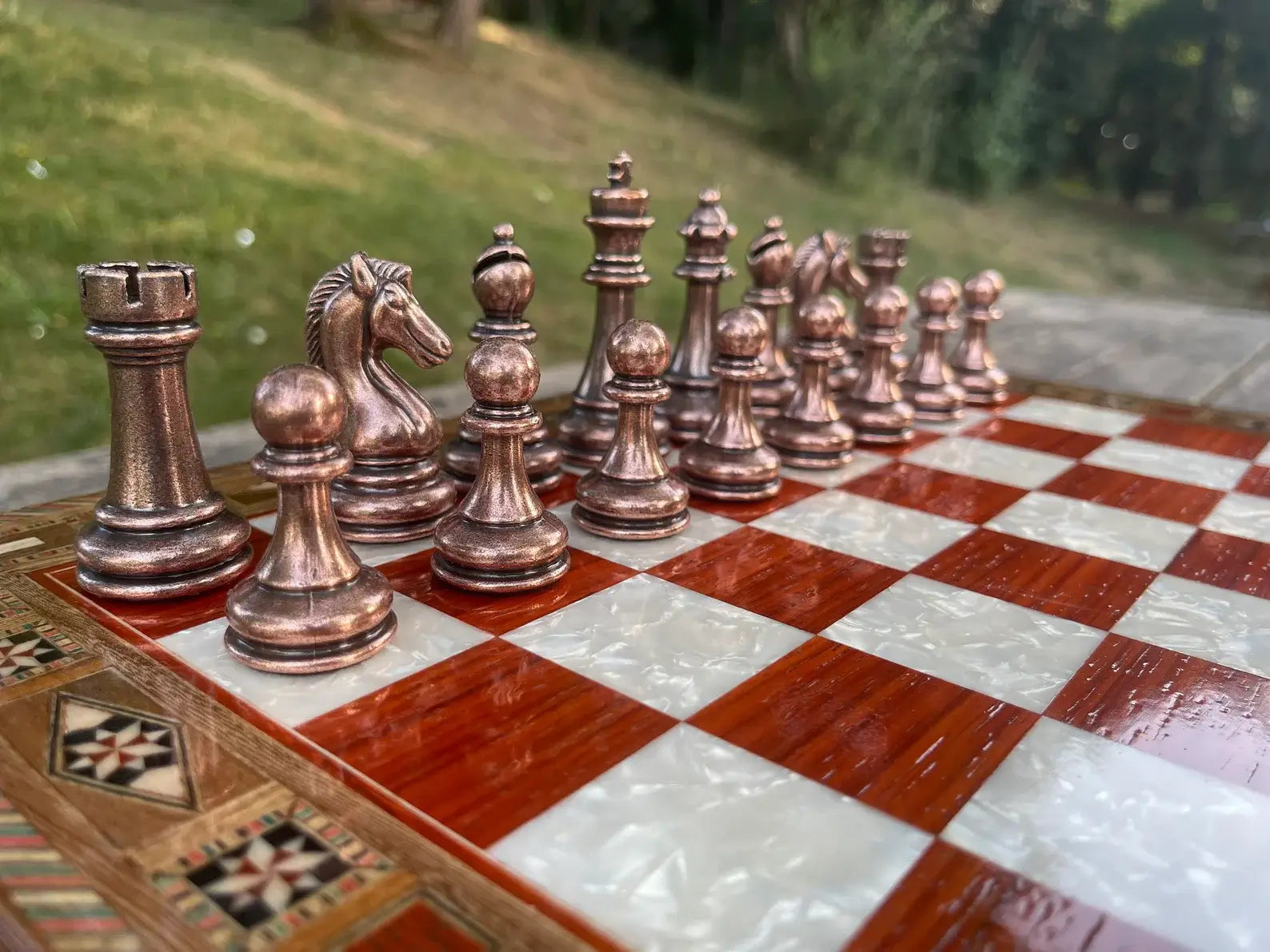
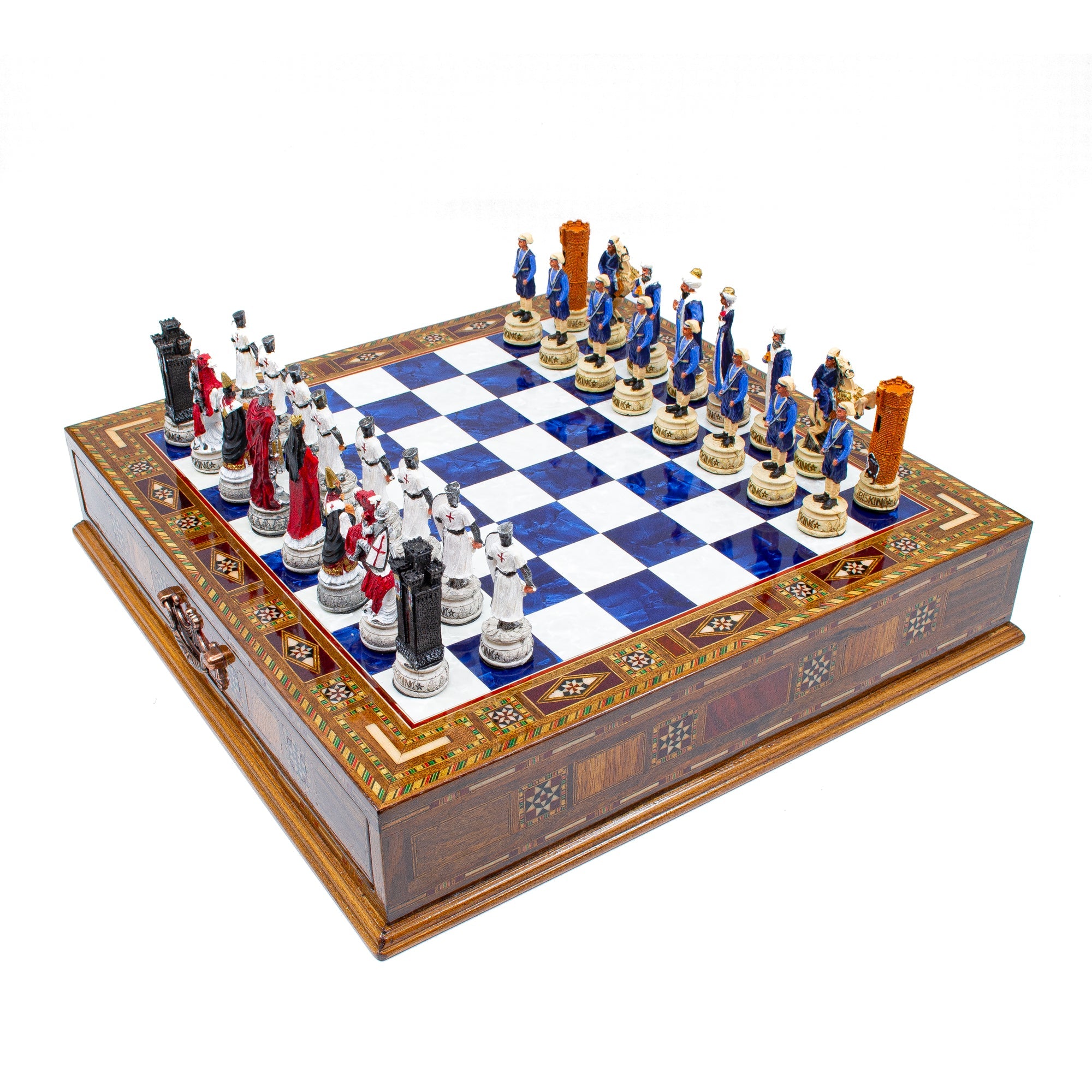
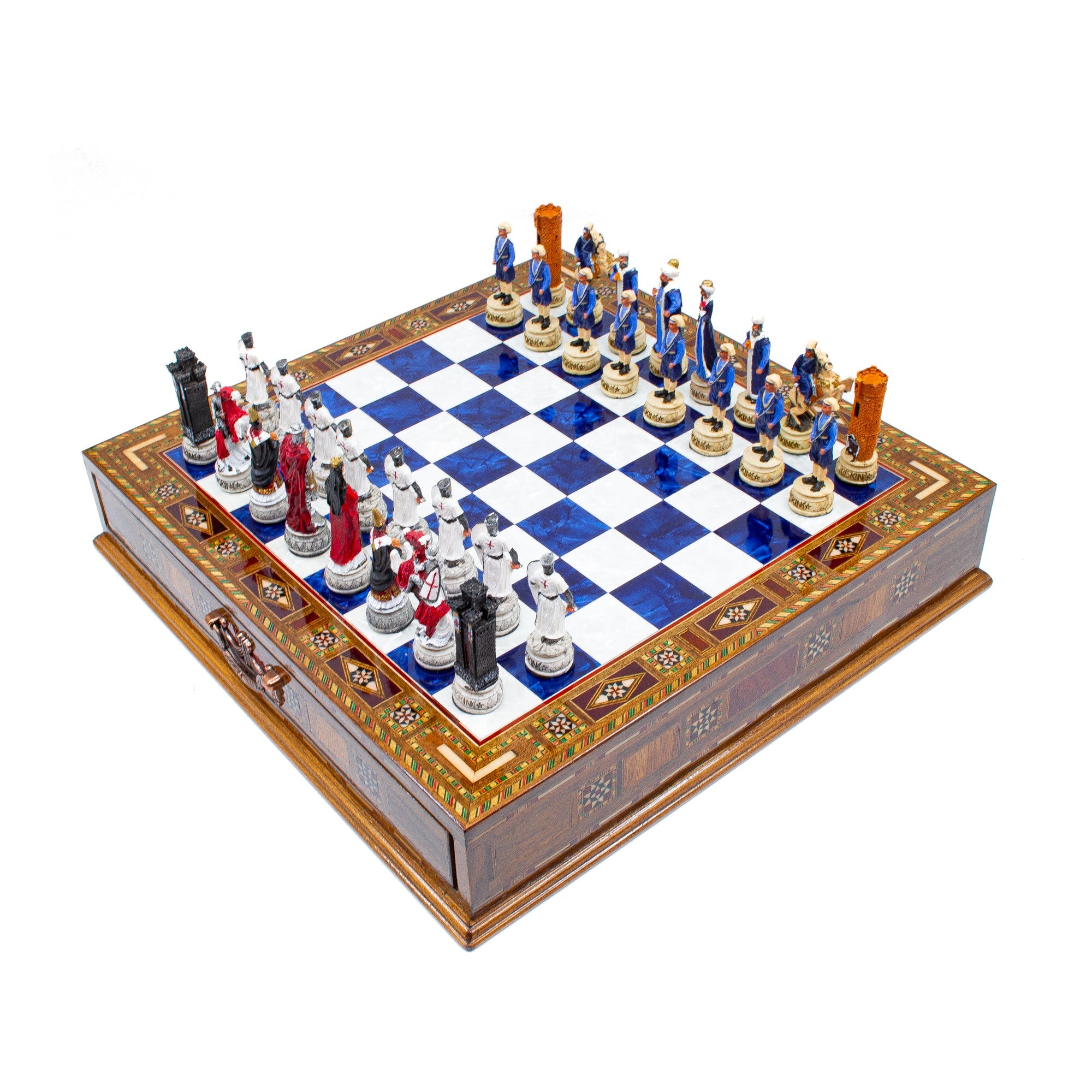
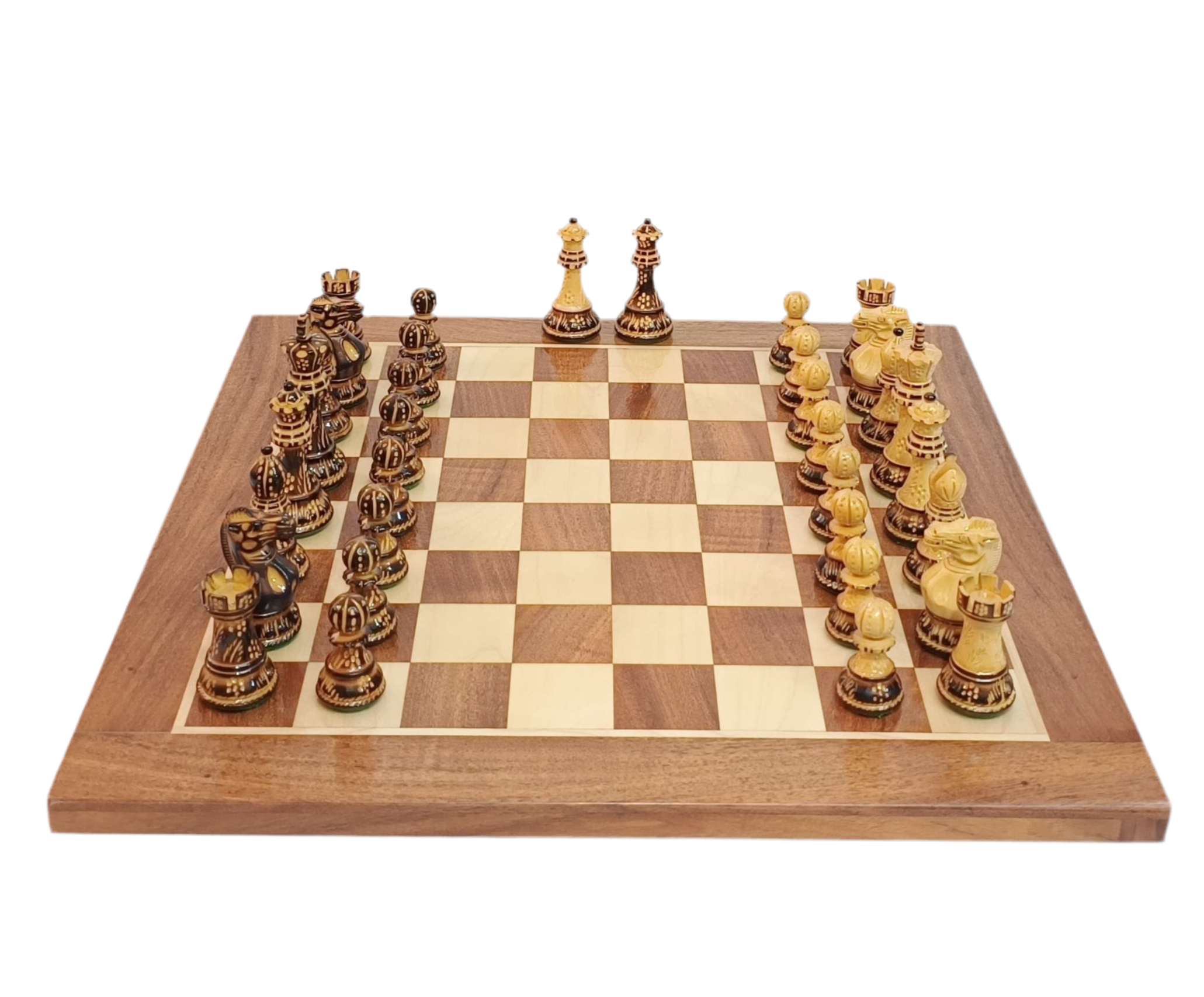
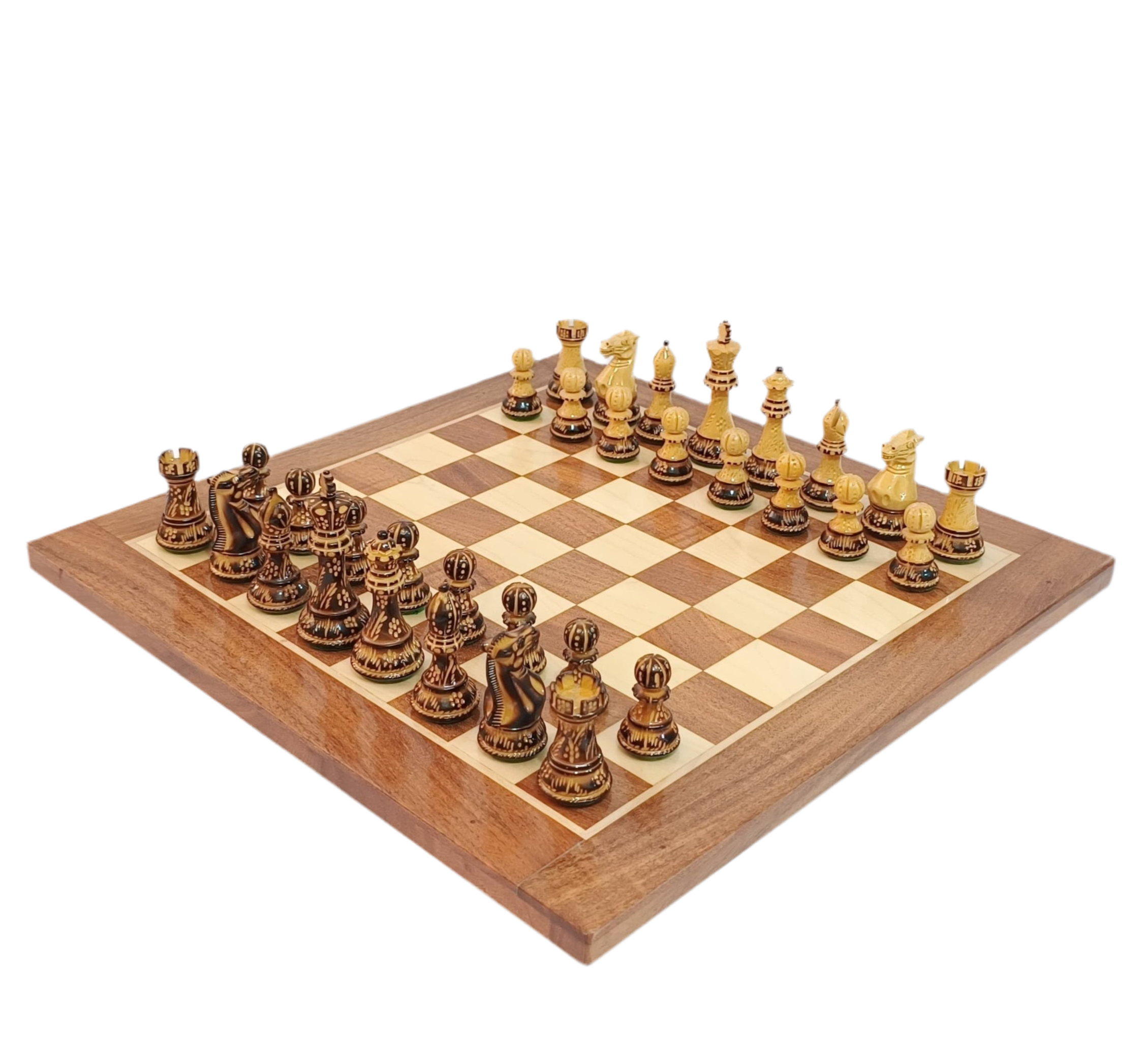
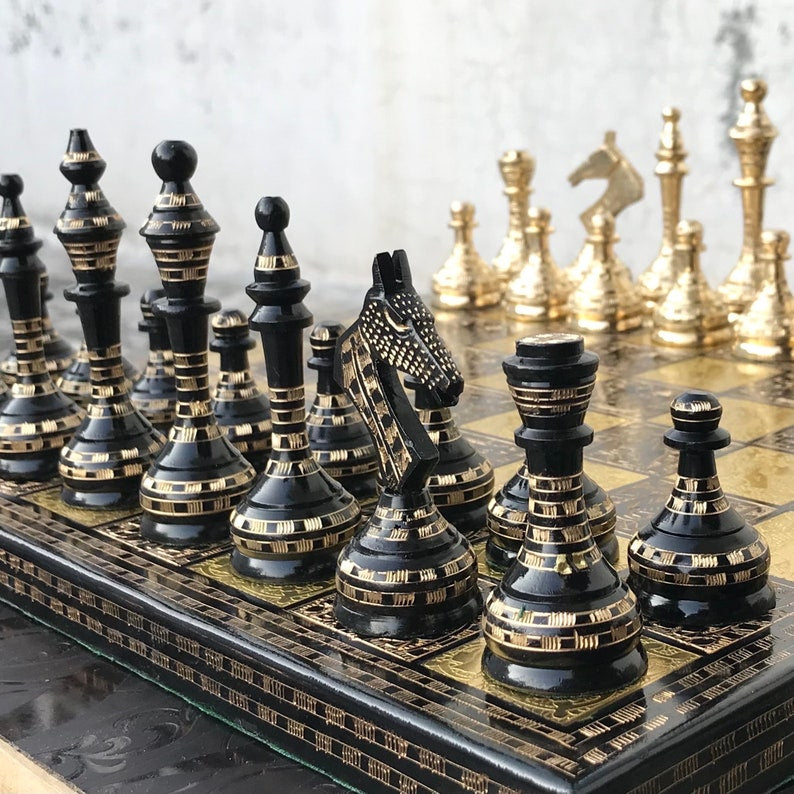
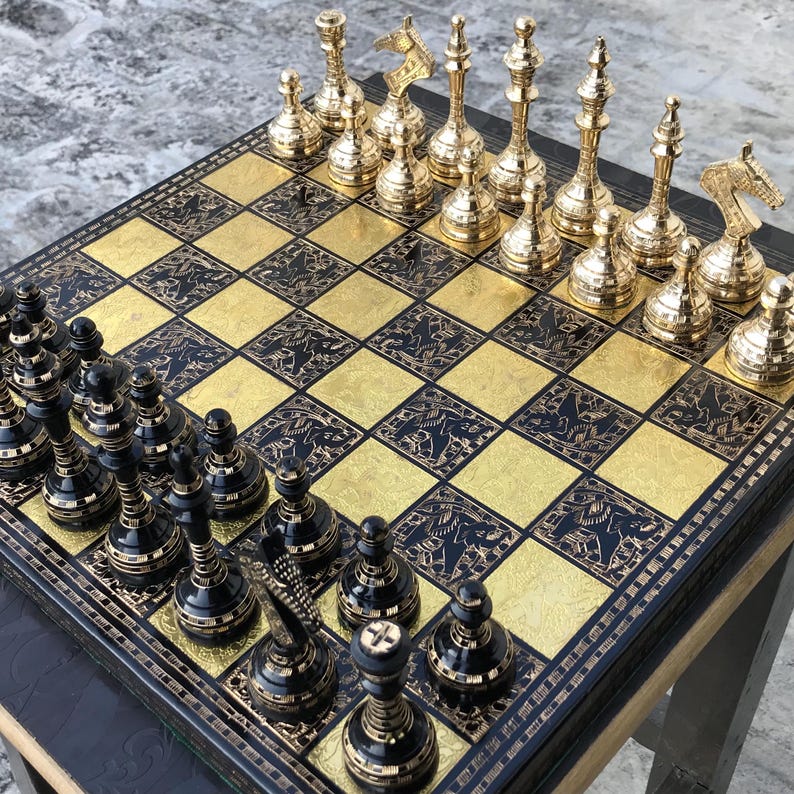


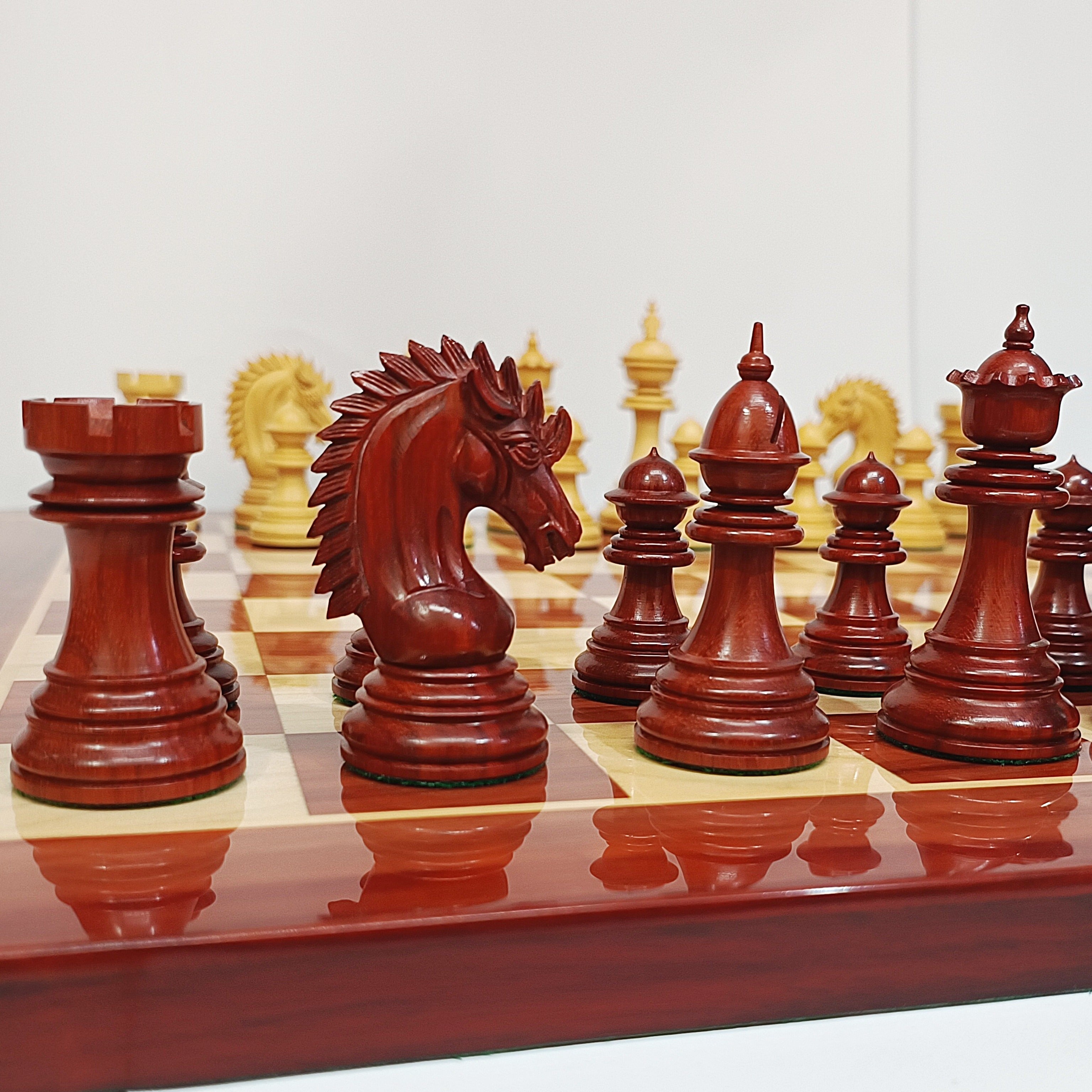
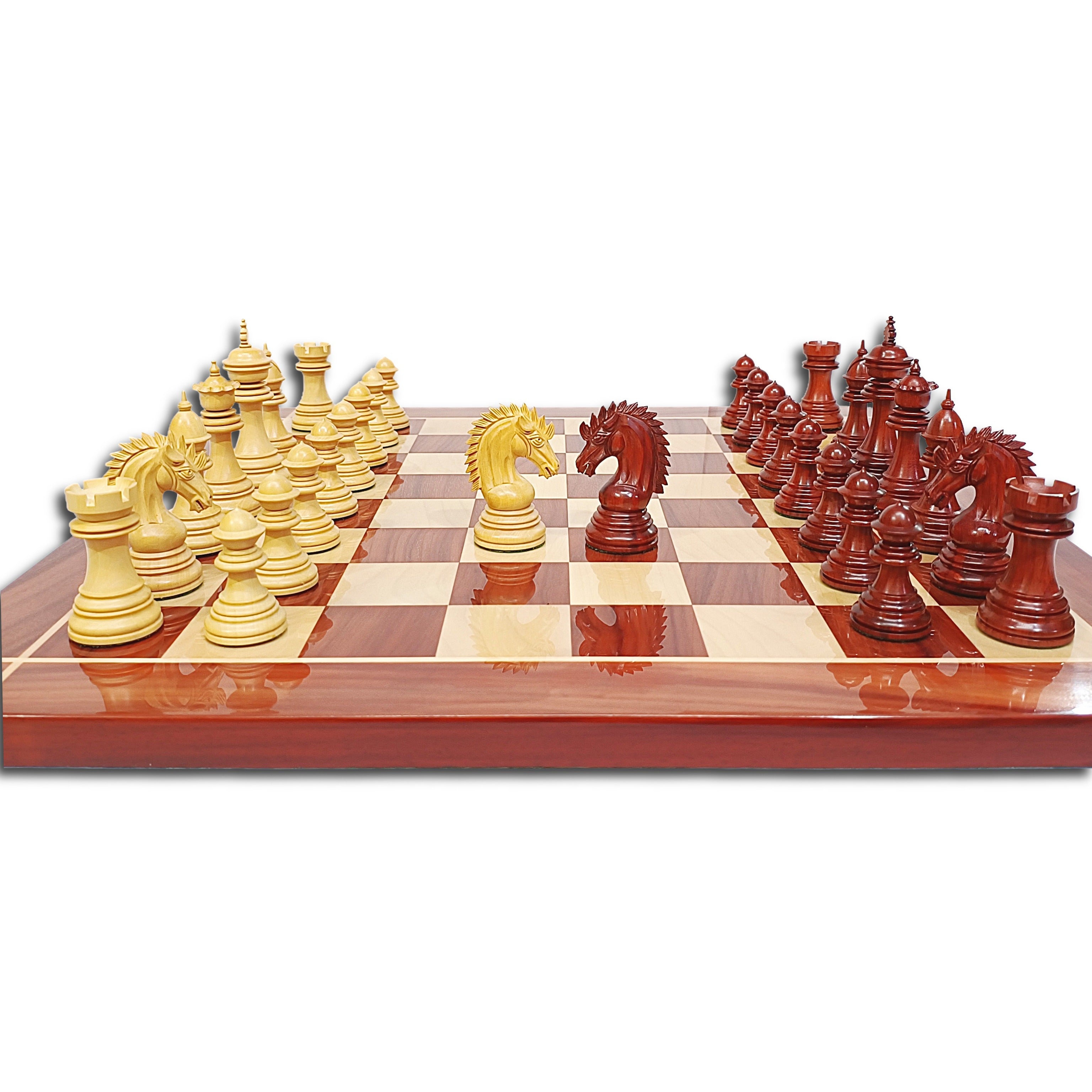

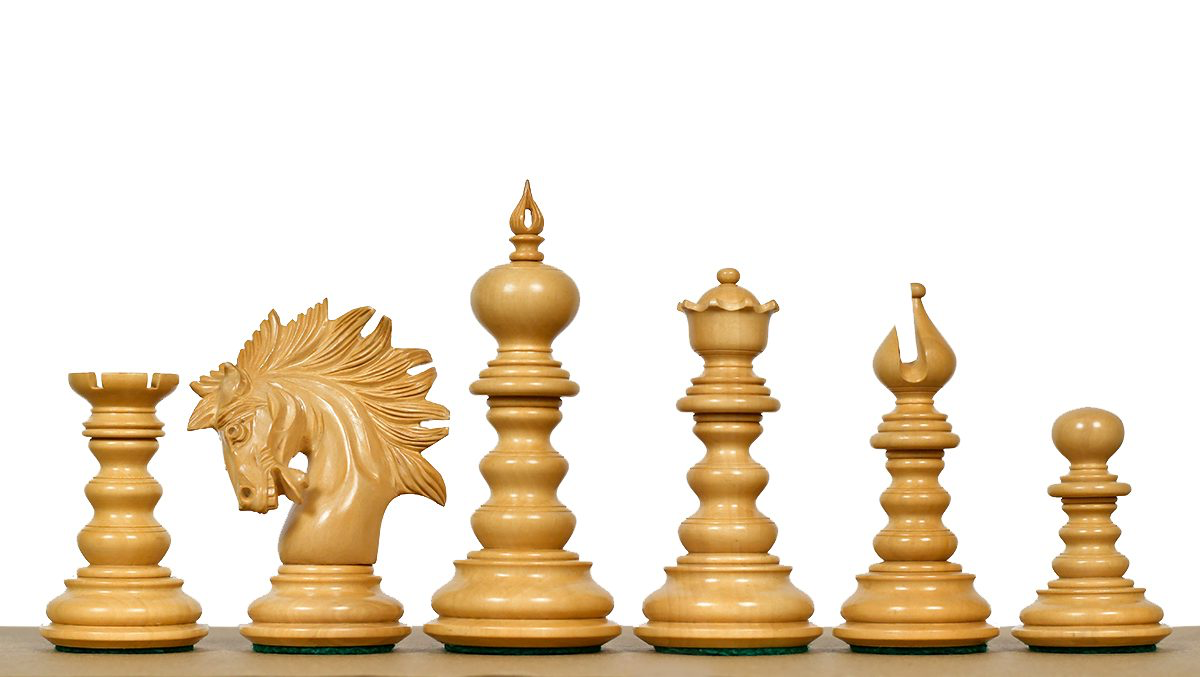
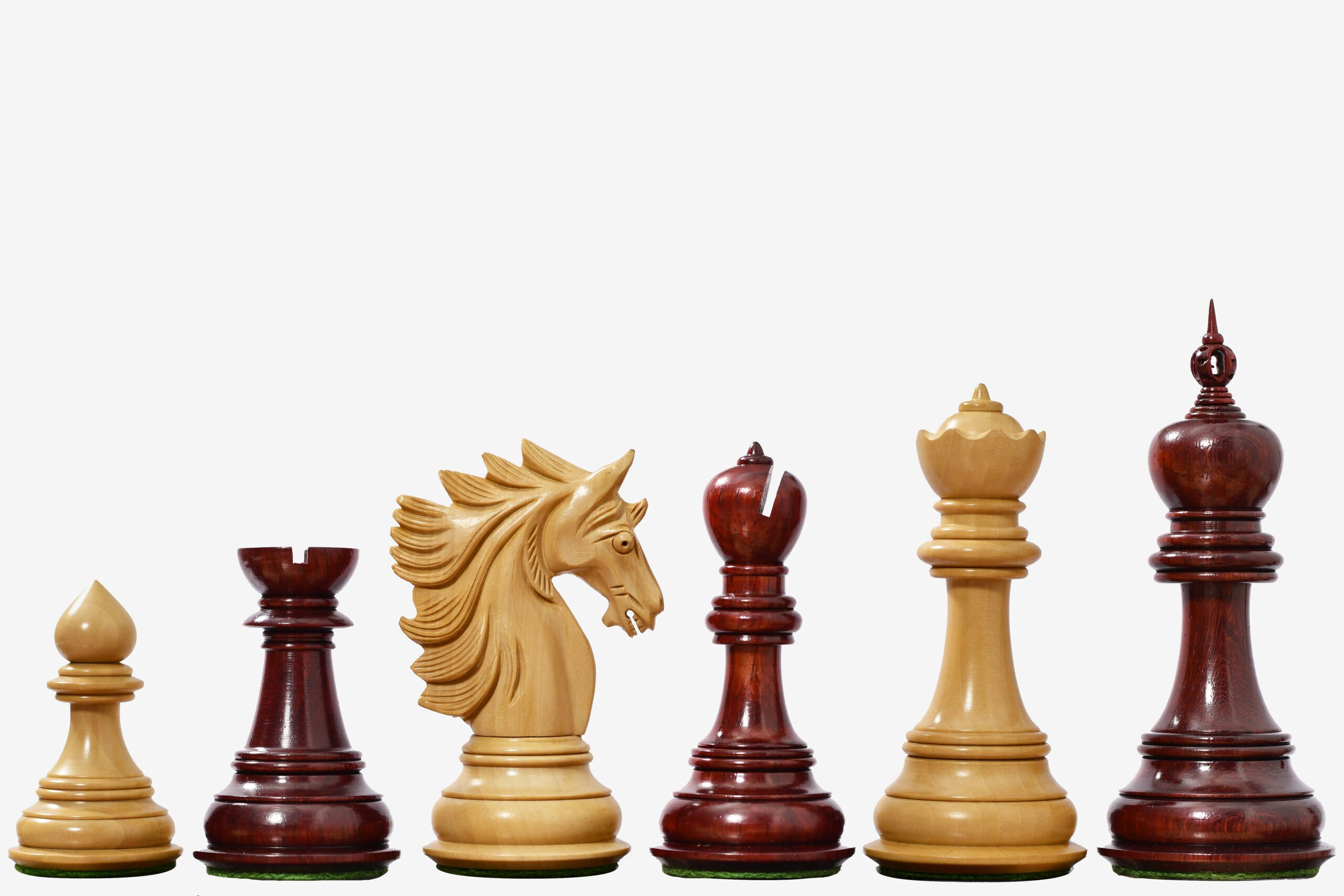
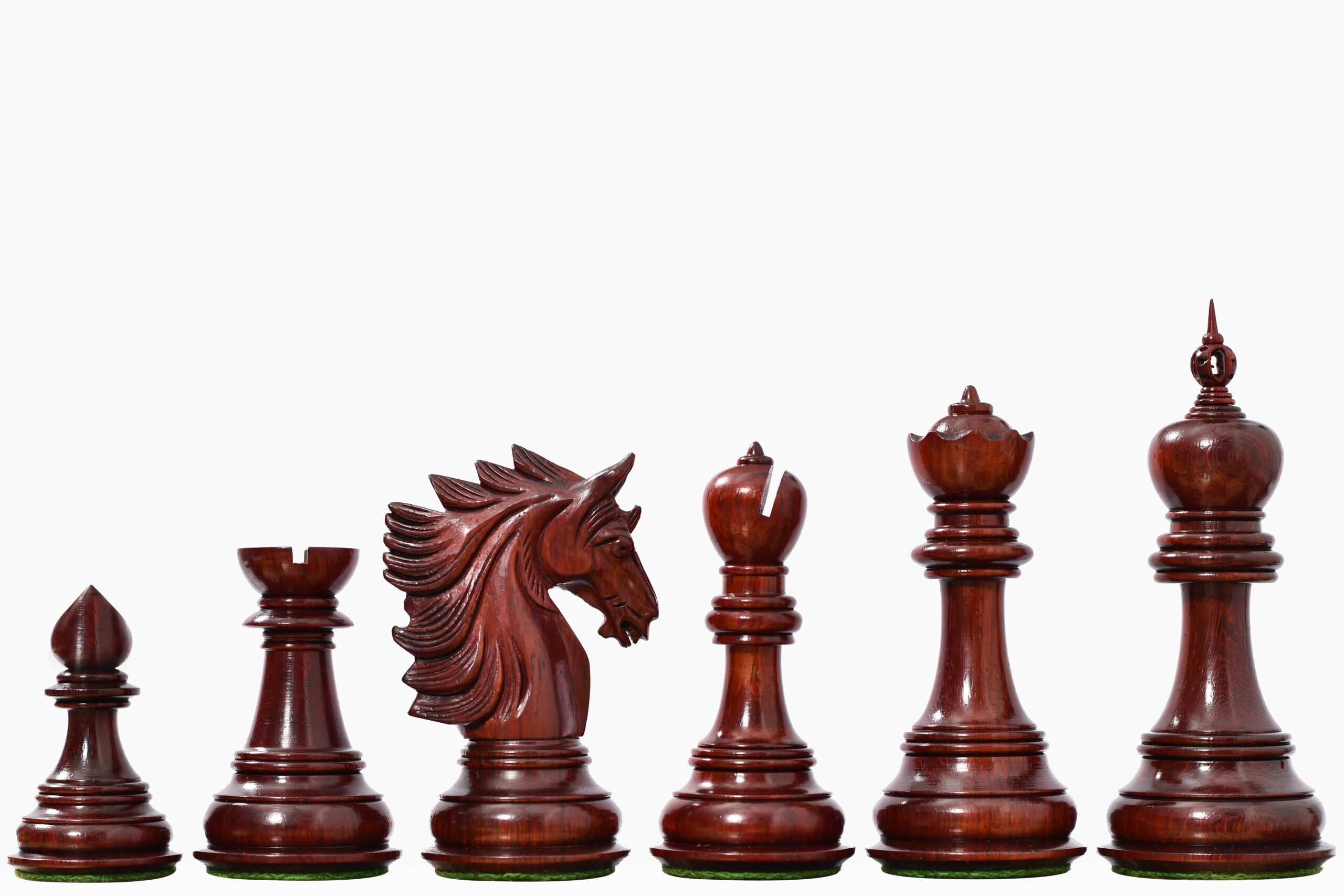
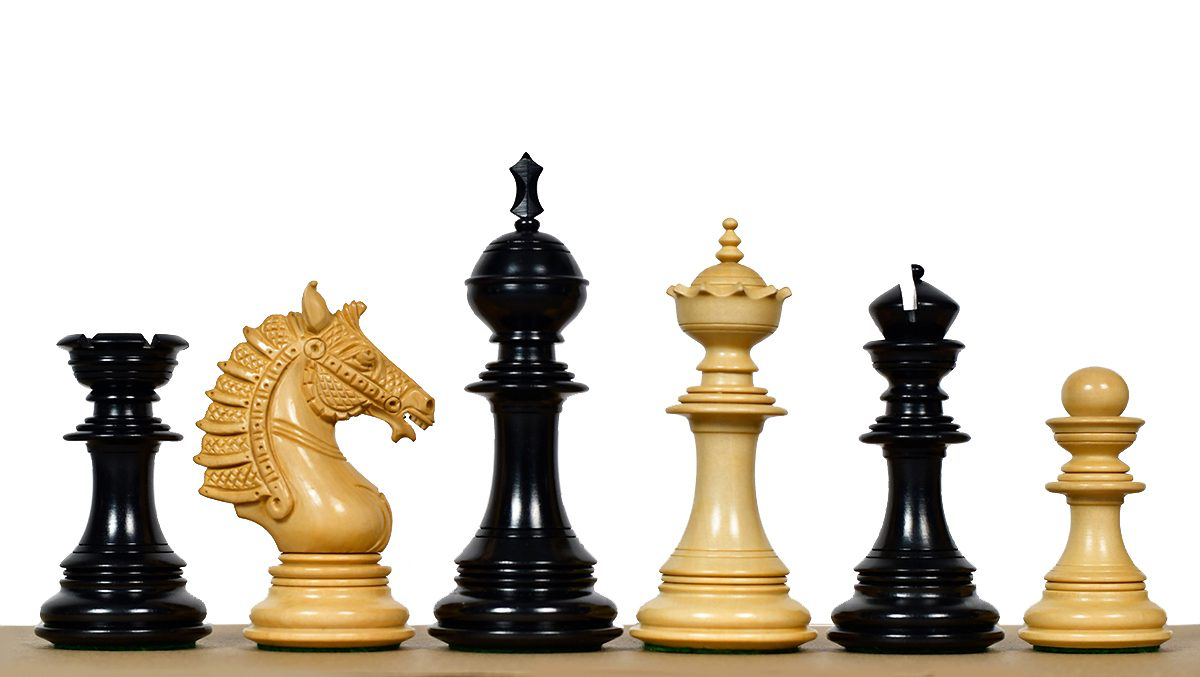
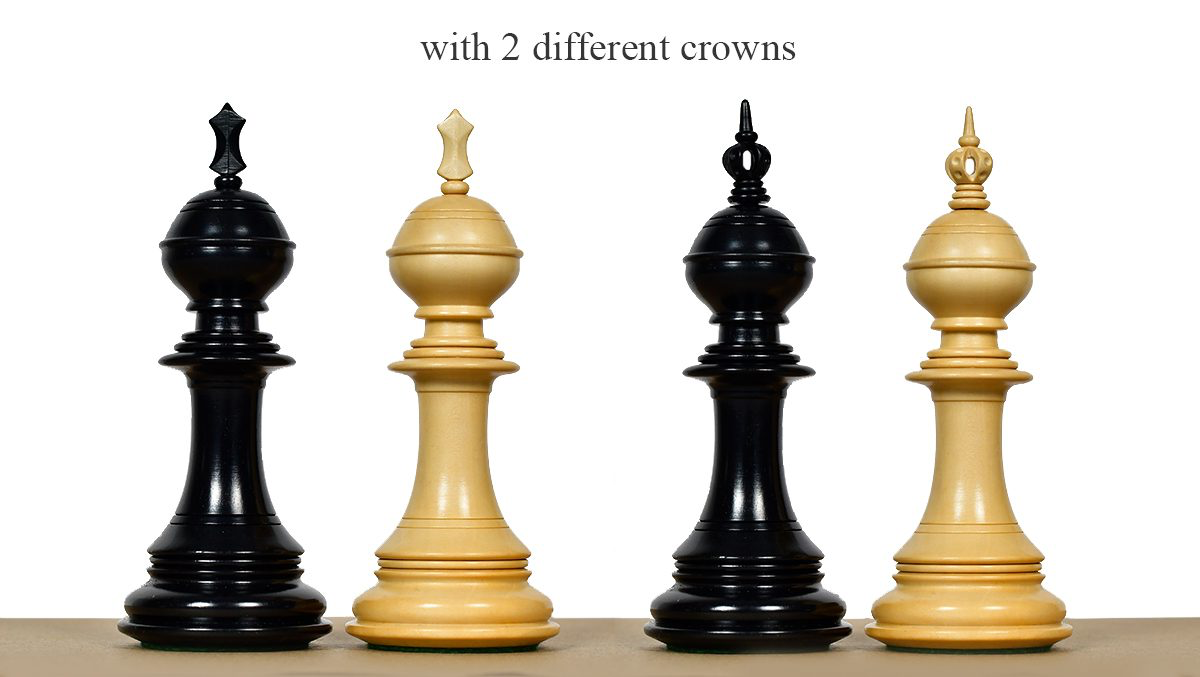
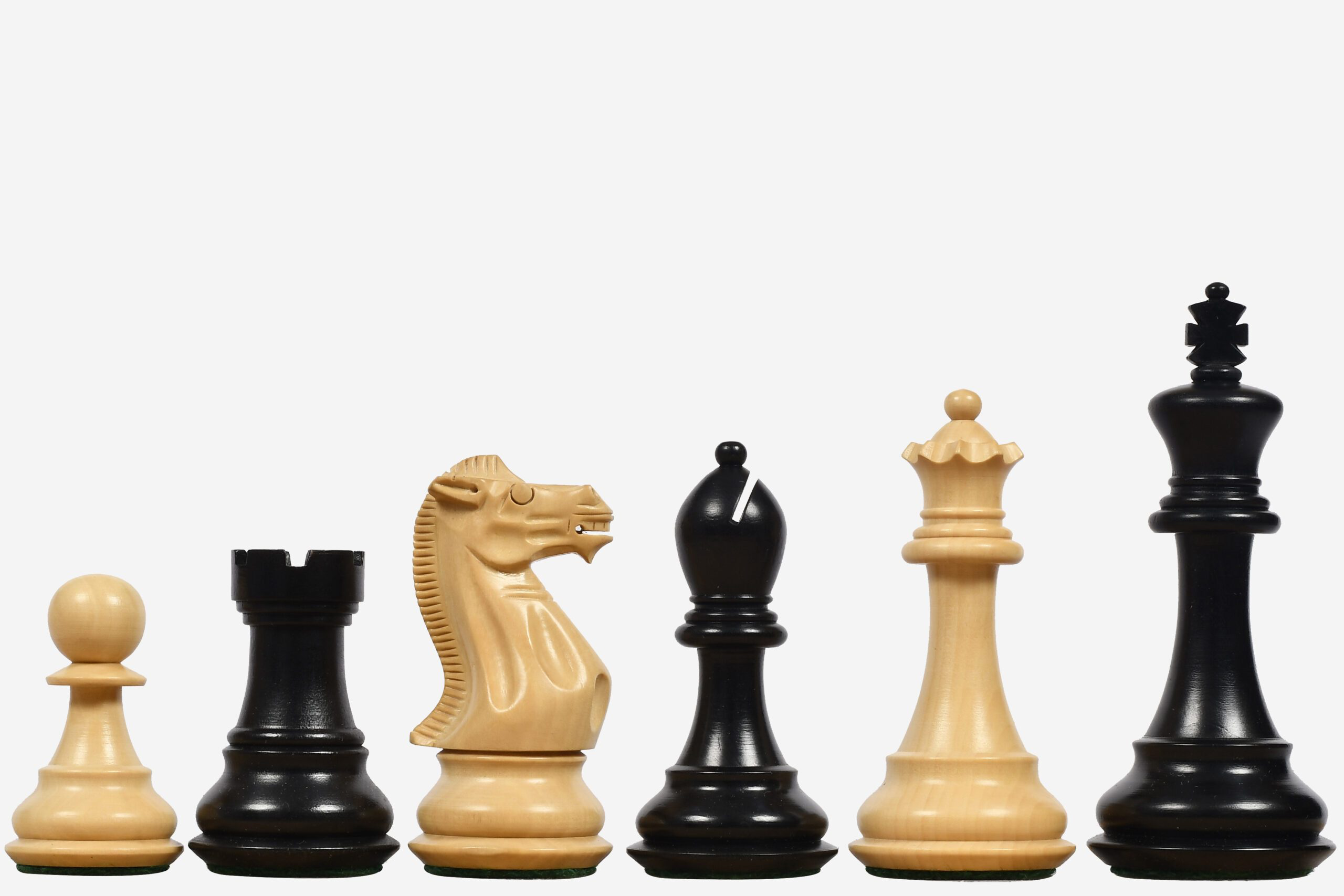
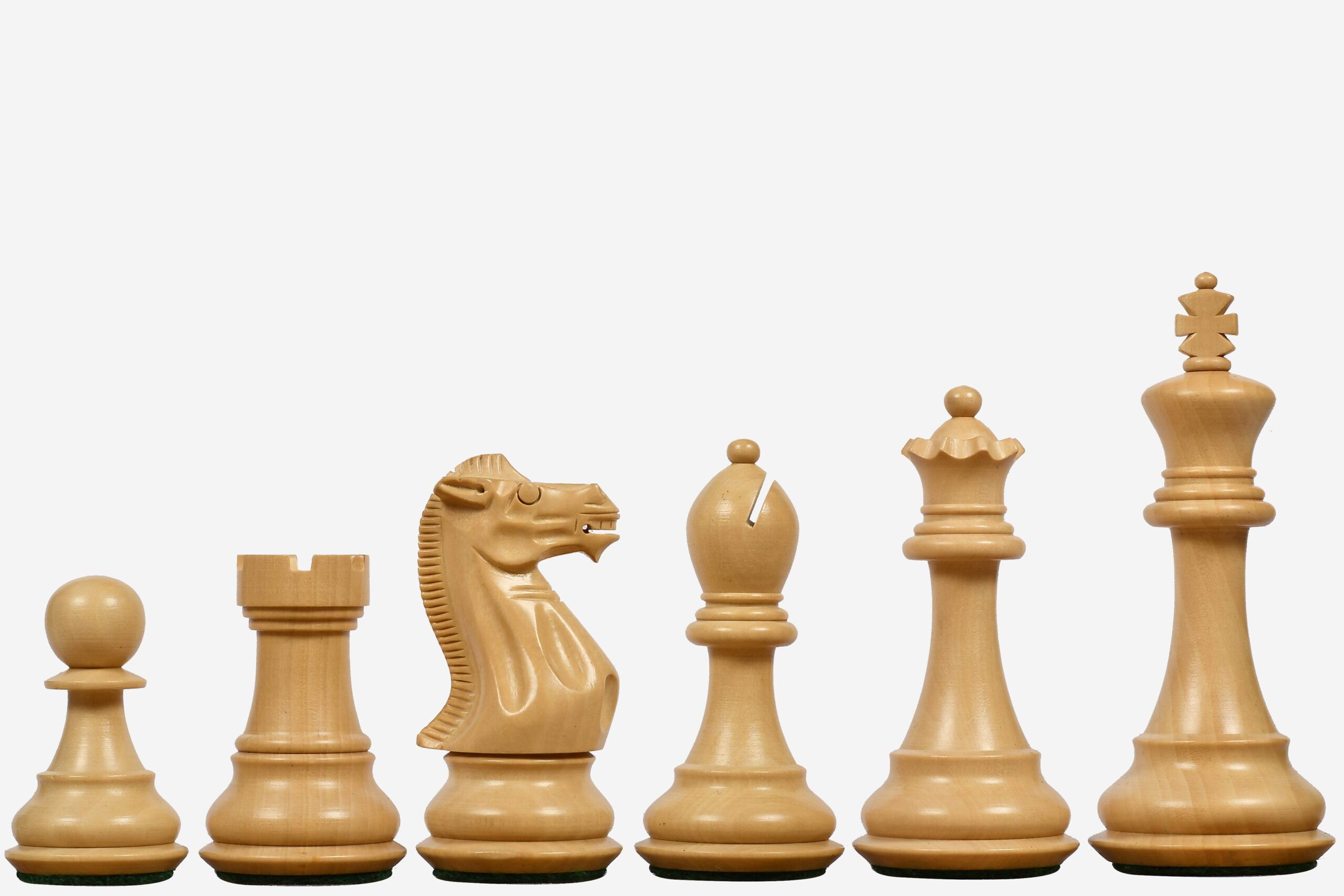
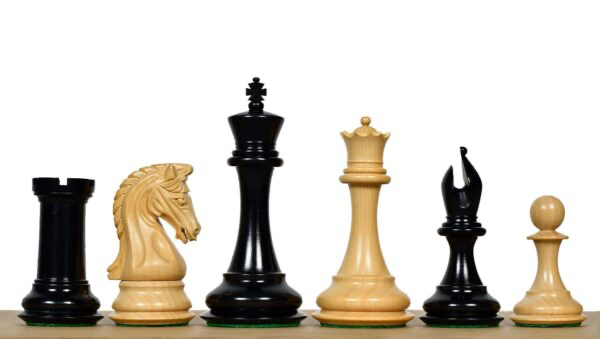
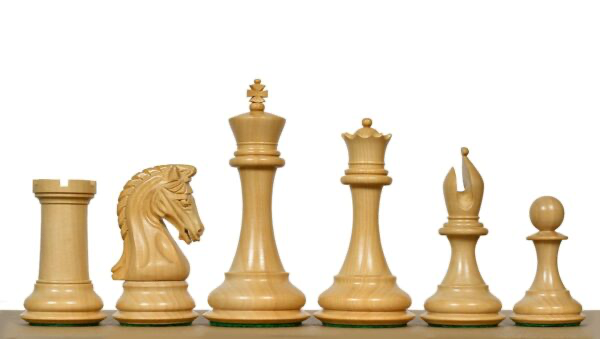
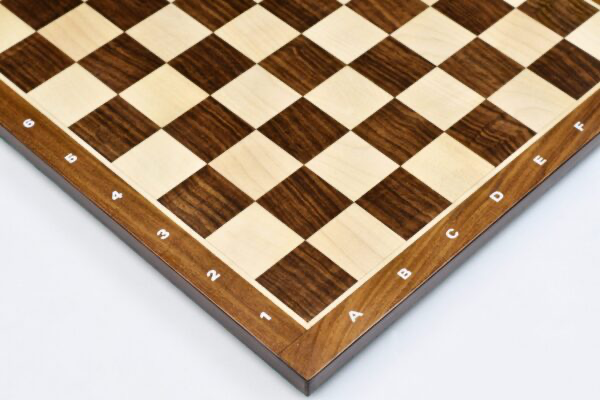
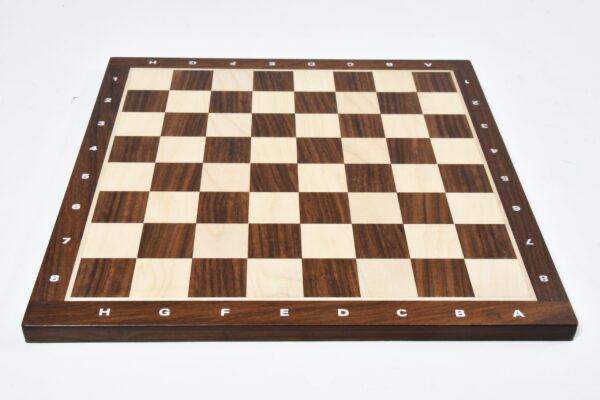
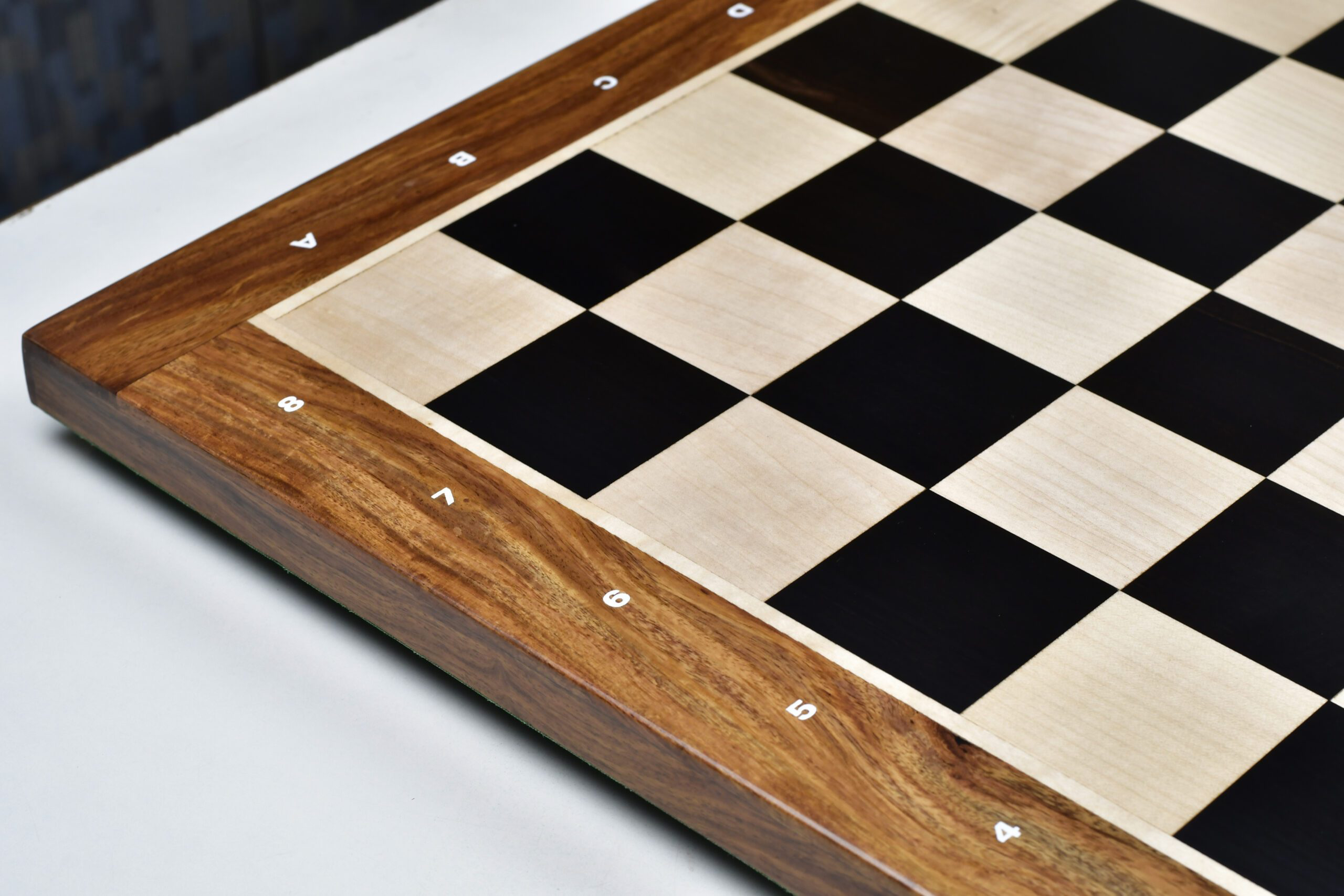
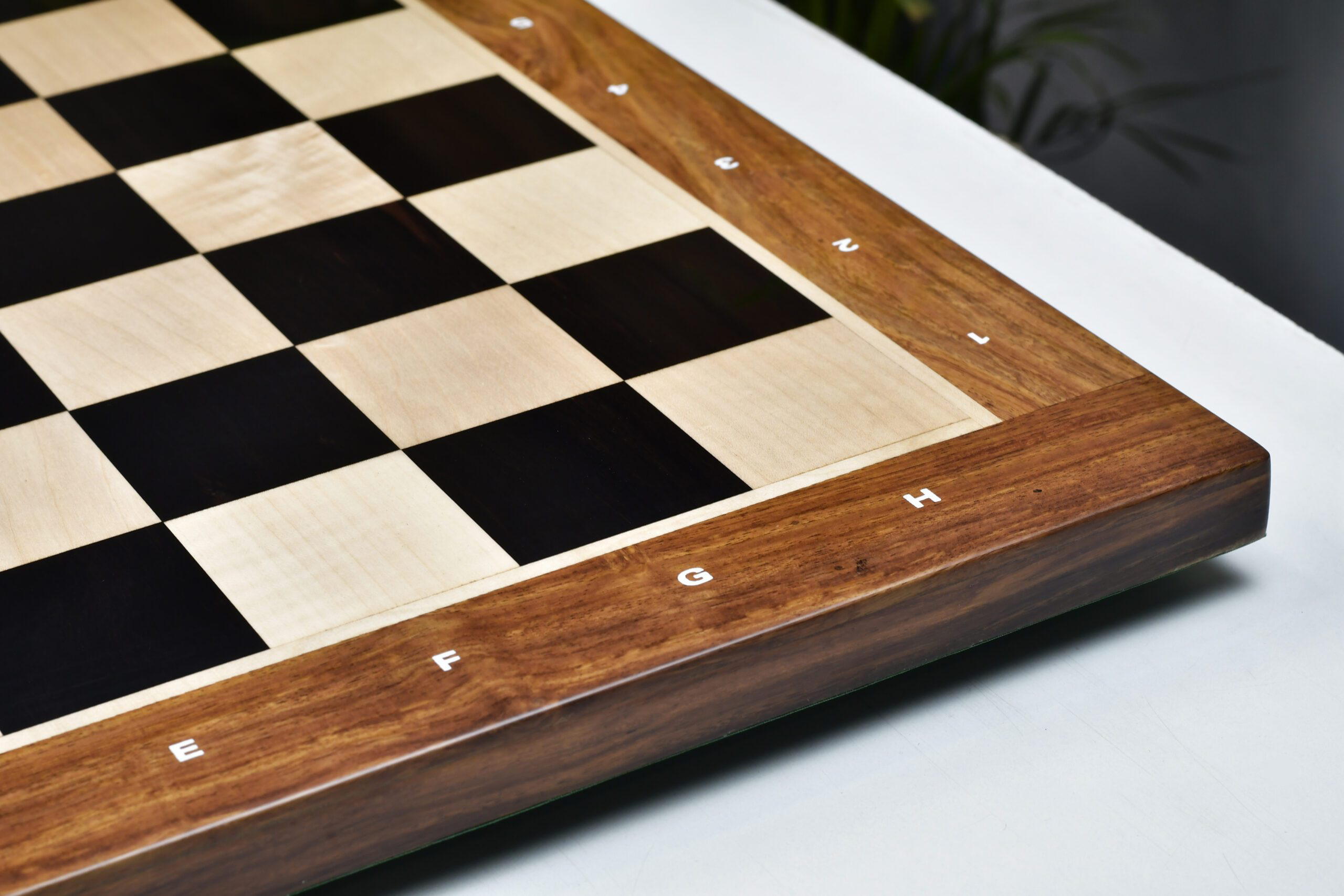


Leave a comment
All comments are moderated before being published.
This site is protected by hCaptcha and the hCaptcha Privacy Policy and Terms of Service apply.